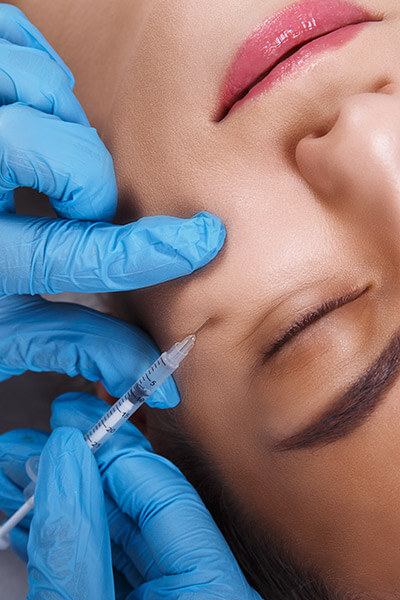
Facial Aging and Expression Lines
Our face is the most exposed to sunlight and ultraviolet rays.
The constant sun exposure can heavily contribute to the classic signs of facial ageing like fine lines, deep wrinkles and loss of elasticity.
At the biochemical level exposure to the sun can generate free radicals which are responsible for damaging our skin’s collagen and lipids. This can potentially lead to the appearance of premature spots and skin blemishes or actinic keratosis resulting in accelerated skin ageing. There are many types of pollutants known to increase in free radicals such as smoking and pollution. Over time, more noticeable signs of ageing such as sunken cheeks, laughter liners and deep crevices will develop.
In youthful skin, wrinkles that appear with muscle contraction (also known as dynamic wrinkles) usually recover when the muscle relaxes. With increasing age, however, wrinkles become more noticeable even without facial muscle movement which then develops into static wrinkles. The loss of subcutaneous facial fat, less fibroblastic activity coupled with a reduction in dermis support fibres together contribute to facial flaccidity.
